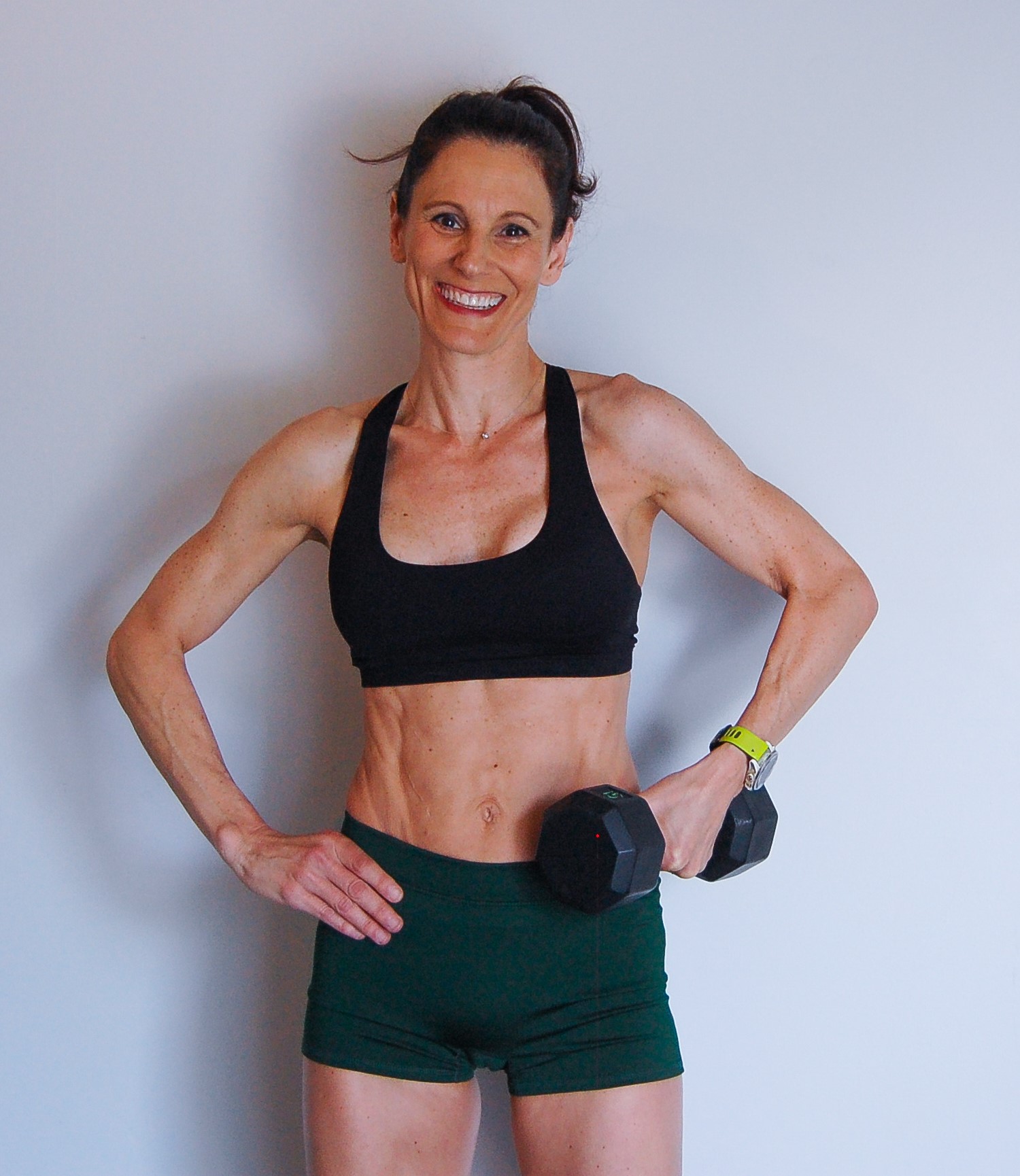Many of you have heard of this acronym RICE which refers to four elements of treatment for soft tissue injuries: rest, ice, compression, and elevation. The mnemonic was introduced by Gabe Mirkin in 1978. He has since recanted his support for the regimen. FYI..He is a physician, author, professor, columnist, former guest lecturer, and a former marathon runner who hosted a radio show on health and fitness for more than 20 years and wrote several books on sports medicine, nutrition, and health.I found this on Wikipedia: He is commonly known for his recommendations on standard medicine as well as his non-standard recommendations on health concerns and his criticism for preliminary medical research findings without appropriate verified resources.
Recantment………In 2015 he wrote, “Coaches have used my ‘RICE’ guideline for decades, but now it appears that both ice and complete rest may delay healing, instead of helping. Here’s a link to a post by him: Why Ice Delays Recovery. Gary Reinl (veteran sports medicine trainer) has written forcefully that Ice is also wrong, and delays healing and is on a mission to show us all why icing is an illusion and something that has been done for far too long and really for no good or evidence backed reason at all. We challenge you to listen and really challenge the ideas you’ve had when it comes to this argument on using ice or not. Reinl, for his part, believes the answer lies in a new acronym: ARITA—active recovery is the answer.Great video of him talking about it in a blog.I watched it and love the part speaking about lymphatic system (which is what massage therapists help stimulate during treatment and bodywork) and was eating up the science explained of why RICE doesn’t work.
What happened to big news of the recantment?
Have you heard it? I only just saw it in print for the first time in a massage therapy trade magazine.
People including myself followed that RICE rule for over 37 years especially fitness professionals as to stay in guidelines and legal kickback. I have taken RockTape classes where they have shown research studies that movement and tape or other treatments are much more effective than ice and that ice can actually delay healing. Remember that the body can help repair itself if given the right opportunity.
Recently, a Toronto-based trainer and exercise physiologist, John Paul Catanzaro, coined a new acronym to deal with soft tissue injuries – METH.
METH refers to Movement, Elevation, Traction and Heat
Movement and traction are very similar in the METH approach. Both focus on the importance of moving the injured soft tissue area frequently but with caution. Avoid keeping the area still or resting for too long (I would say for over 30 minutes). Remember, movement will assist in preventing stiffness, pain, as well as swelling, however, do this with caution!
Ice is great at removing immediate pain and swelling following an injury, however, it will also constrict blood flow. This constriction in blood flow may limit the flushing of inflammation out of the injured region, thus, creating more pain and making healing time longer. Applying moist heat (around 5-10 minutes at a time) can be found to do the opposite – it increases circulation and healing times.In terms of muscle strain. This moist heat can help warm up the muscle and fascia making movement easier and less painful. So hot tubs may not be a bad idea after all, just not for open wounds.
Certainly there are soft tissue or ligament injuries which will call for a little easier movement therapy and pain will be the guide.Some people’s intuitive meter is not calibrated so properly navigating pain and injury may be out of whack which might mean seeking multiple opinions and finding holistic solutions for what ailes you.
So when I constantly tell our personal training and nutrition coaching clients and our massage therapists tell their clients that YOU have to be your own health detective and do what’s best and intuitively right for your body that is the reason why, I mean really 37 years of RICE!!! I recall having a conservation over 20 years ago with my sister-in-law’s brother who is a physical therapist and broke his arm and opted to not be in a cast but healed with movement therapy thus resulting in better degree of motion after traditional “rest” cast treatment. I know when I have had injuries myself back in college and they stuck me in an ice bath for hamstring strain and calf cramping but they also did contrast treatment as well cold/heat/cold/heat then manual manipulation (massage) and taping to assist in proper mechanics to help heal but I think heat and massage would have aided in faster recovery.
The use of ice as a healing mechanism is a bad idea. That said, it still has its function. Reducing swelling is important for fractures before putting on a cast. The more a broken arm or leg is swollen when the cast goes on, the looser the cast will become as the healing continues. Ice helps with that.
The bottom line is to be open-minded in our approach to treating soft tissue injuries. What works for one person, may not work well for someone else. Next time you think RICE, consider the METH method or ARITA for treating that acute soft tissue injury. Here’s the device they keep mentioning in the video mentioned above. Looks like an e-stem unit to me in which I have always wanted after getting treatments from professionals over the years (about $700) Marpro.
Seems like everyone wants to have an acronym so here’s another food for thought on this topic from a massage therapist post on fb:
Call or text us at 901-466-6242 to book a Free Consult (Value $87) by clicking here: Free Discovery Call


Tonya Tittle, M.S./ Owner
American College of Sports Medicine-Exercise Physiologist
Licensed Massage Therapist
Titlest Performance Institute Level 1
Metagenics First Line Therapy Certified
Energy Fitness, 898 N. Hwy 25 Bypass, Greenville, SC 29617 (Travelers Rest)
www.energyfitness-sc.com
30 Minute Semi-Private Personal Training (onsite & zoom)
Nutrition Coaching – Massage Therapy – Reiki – Facials
